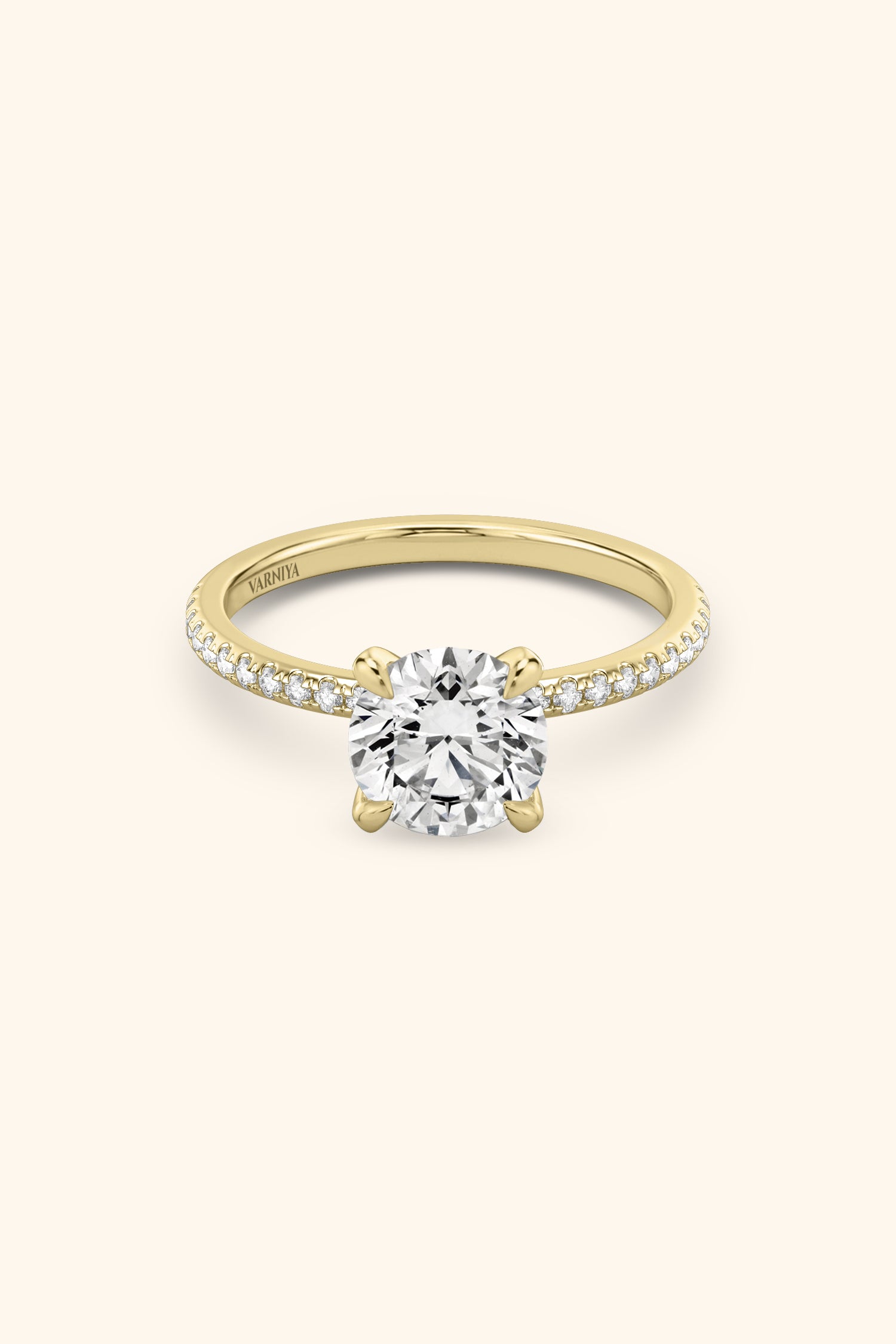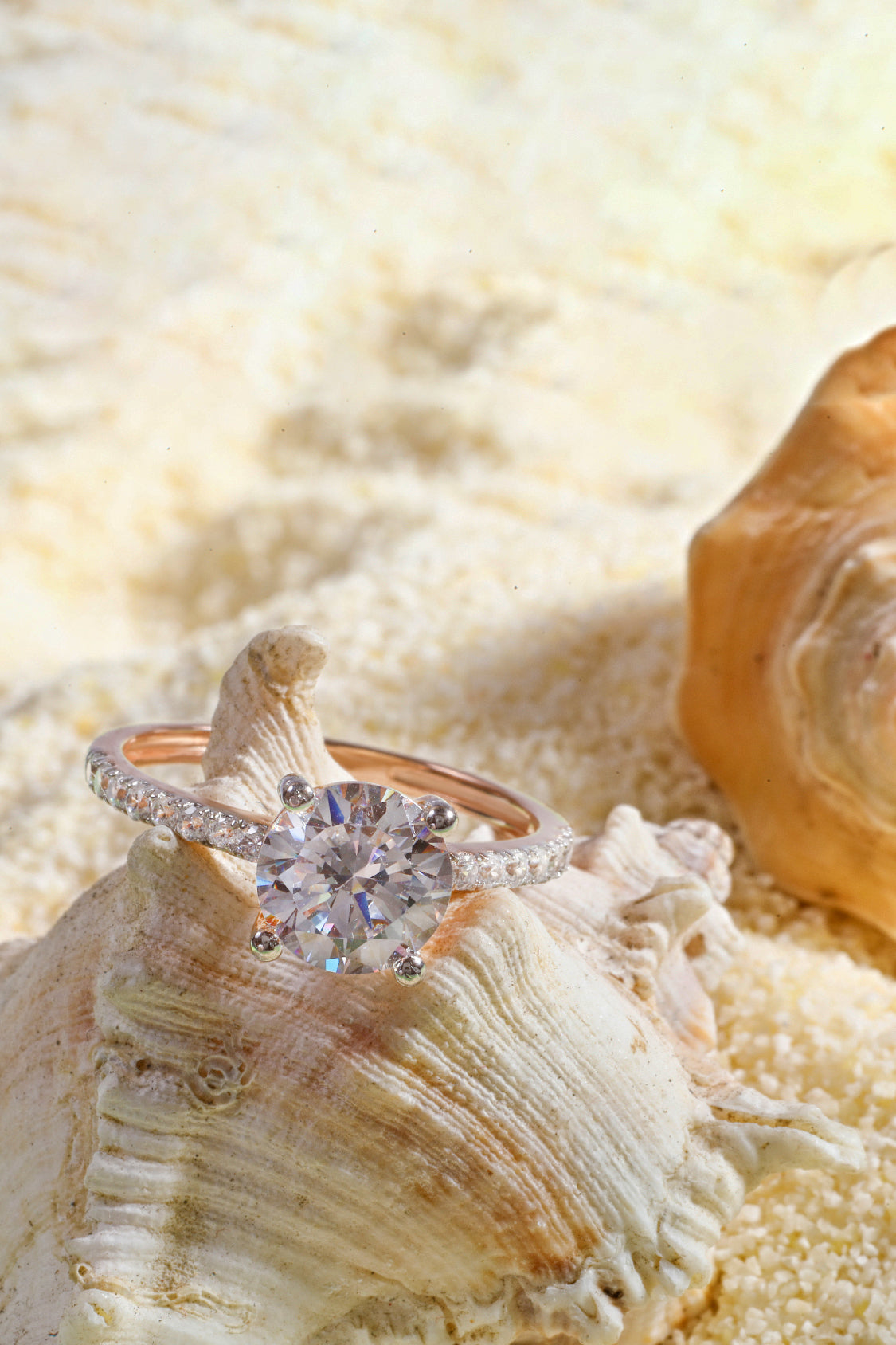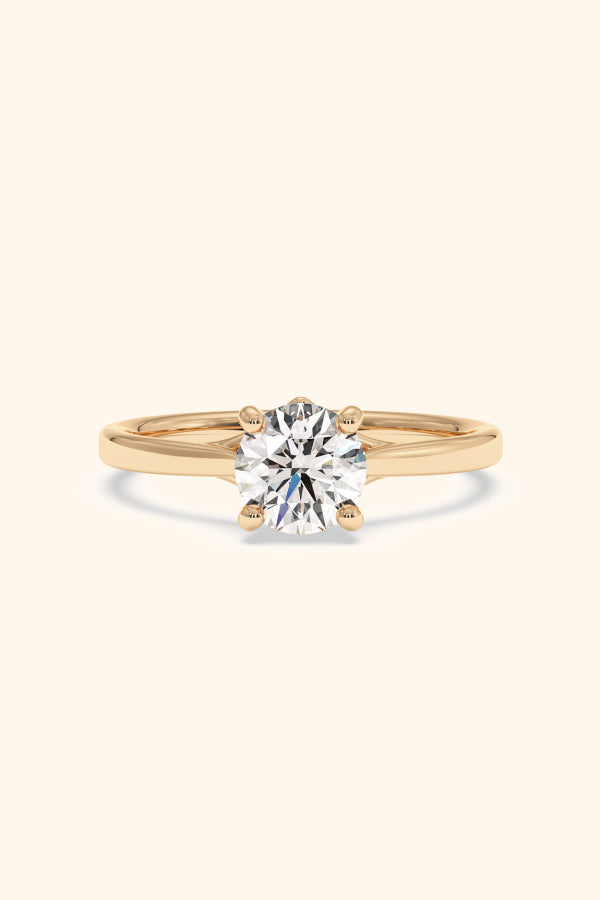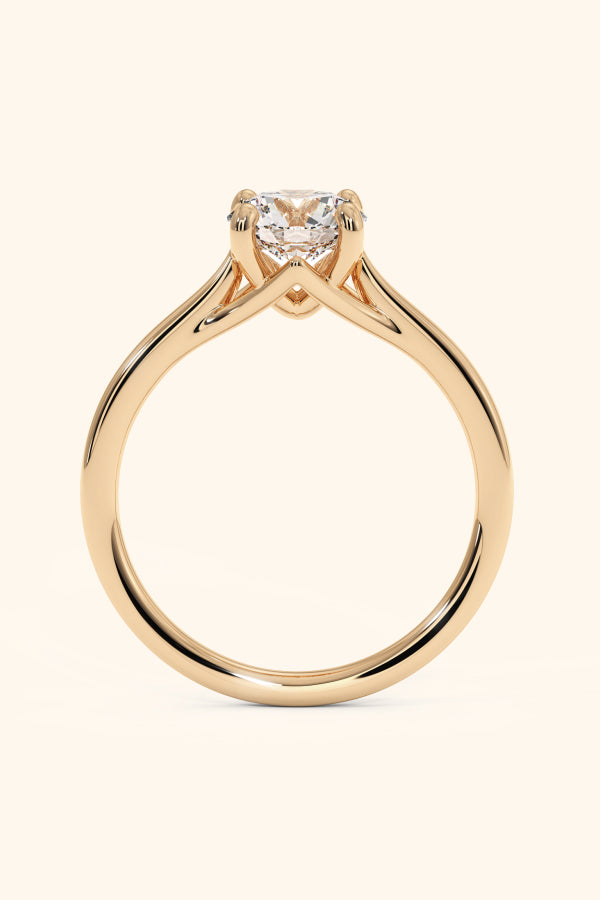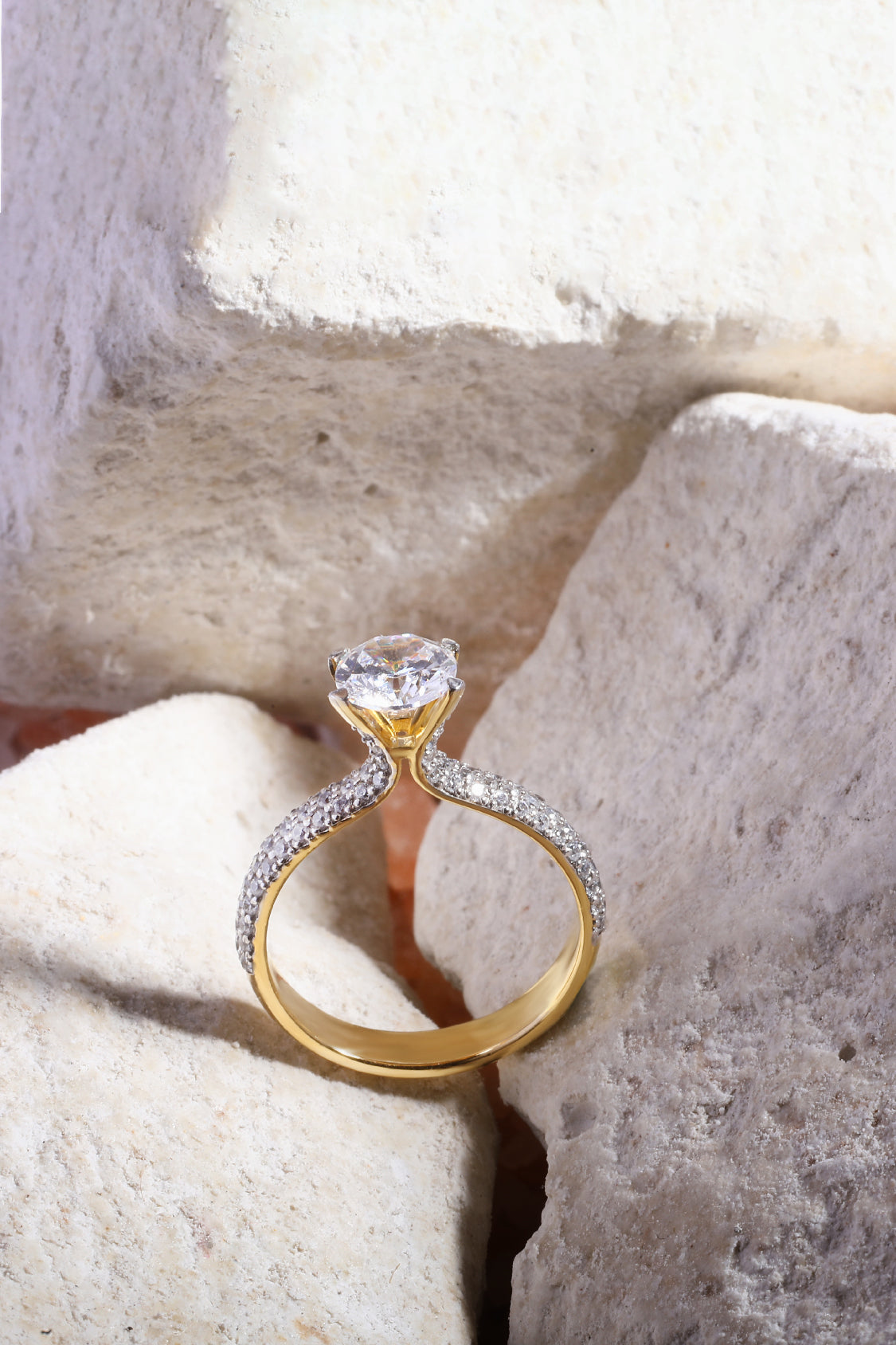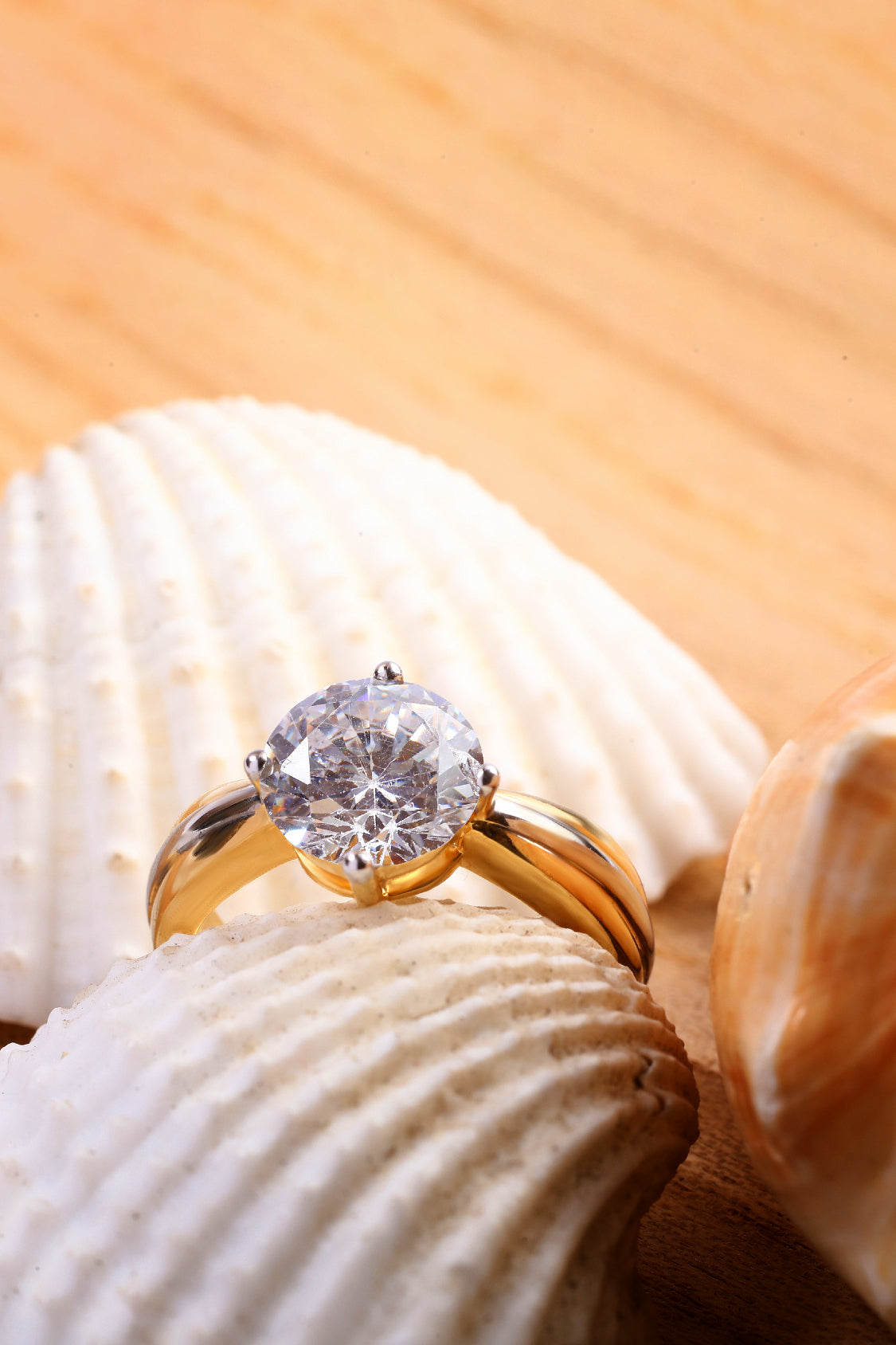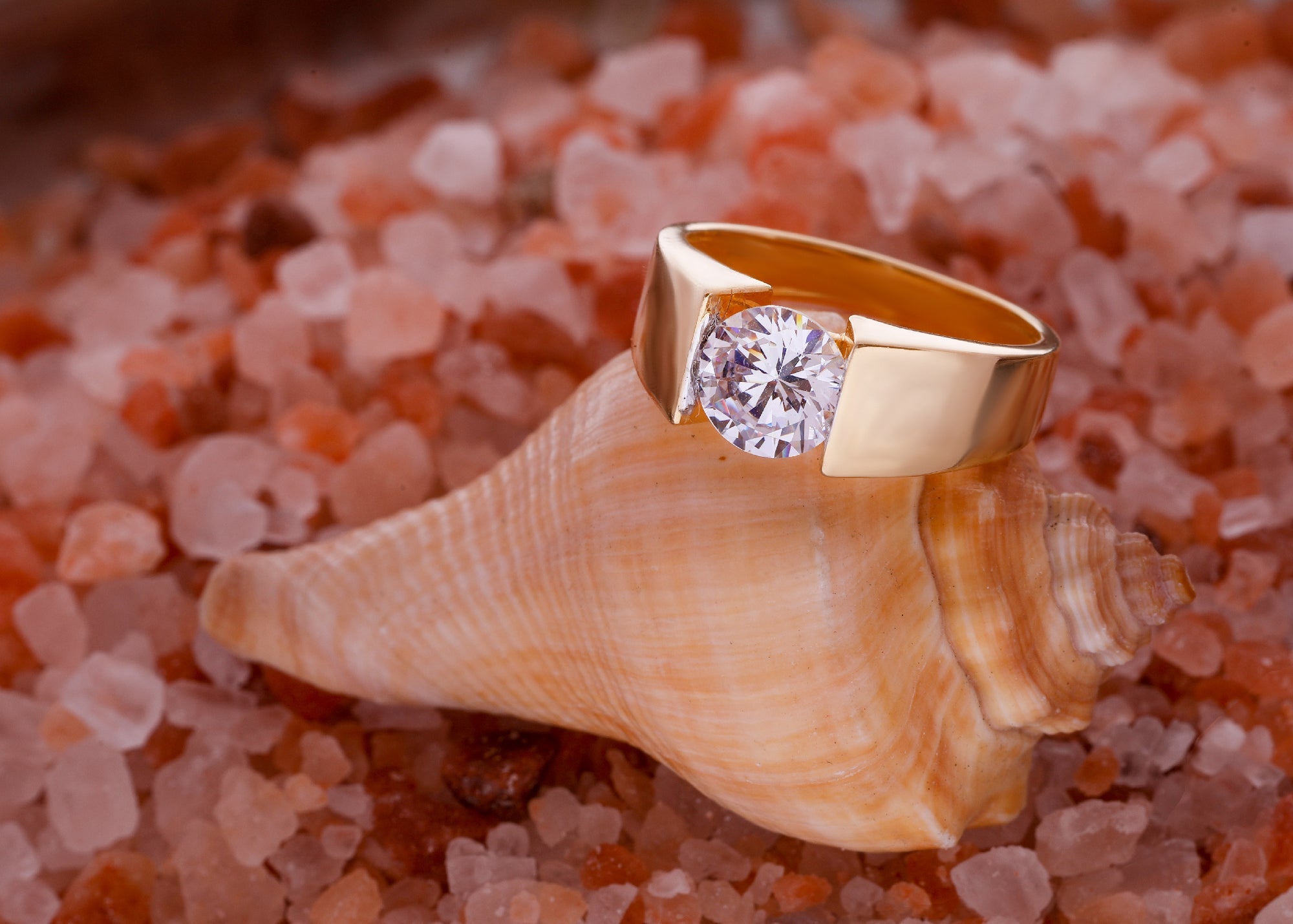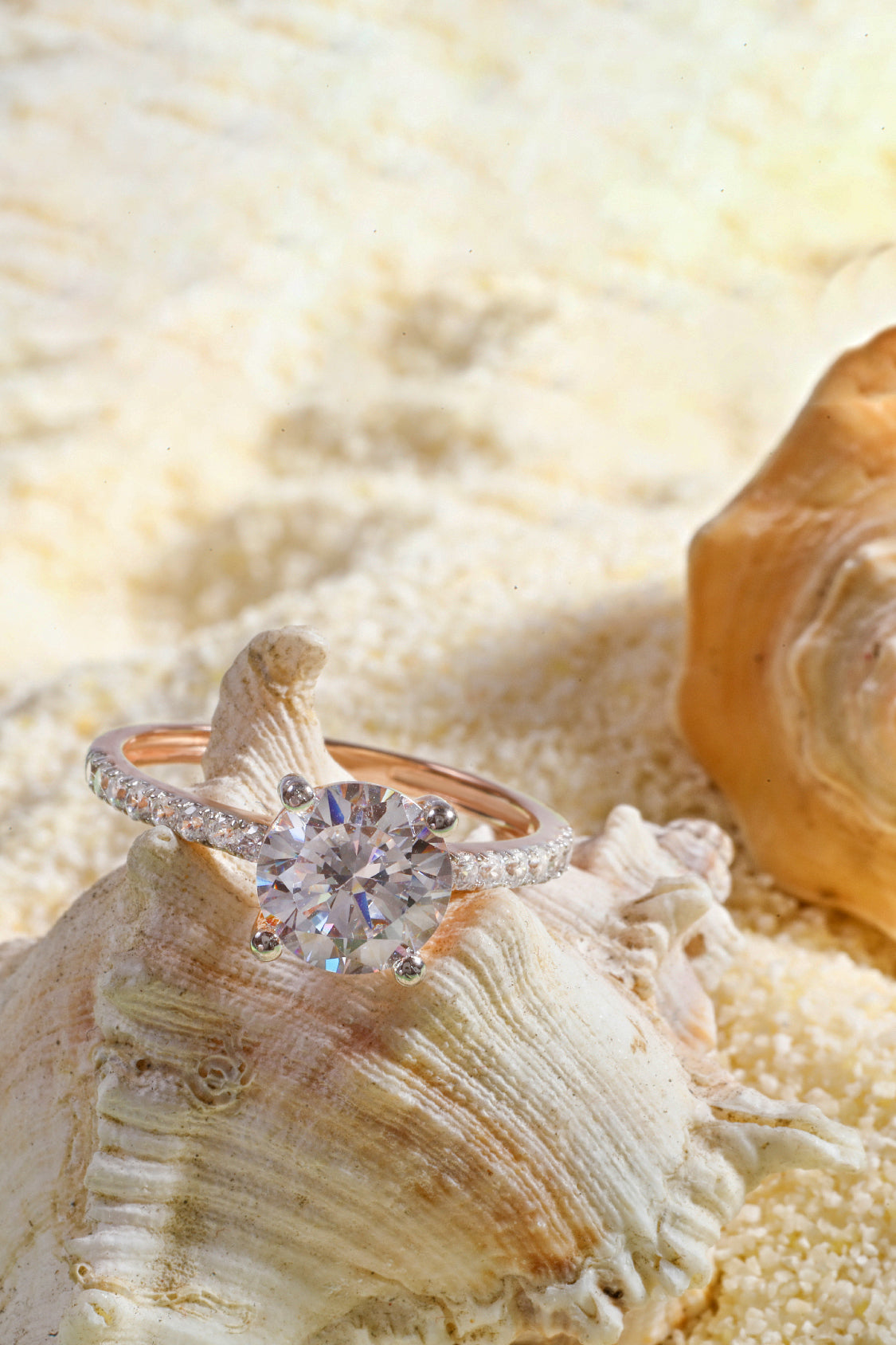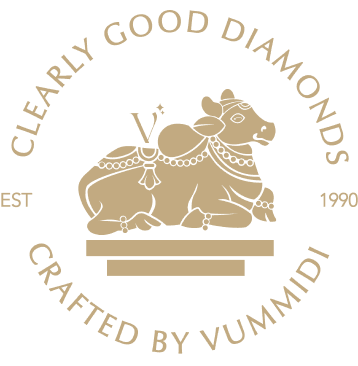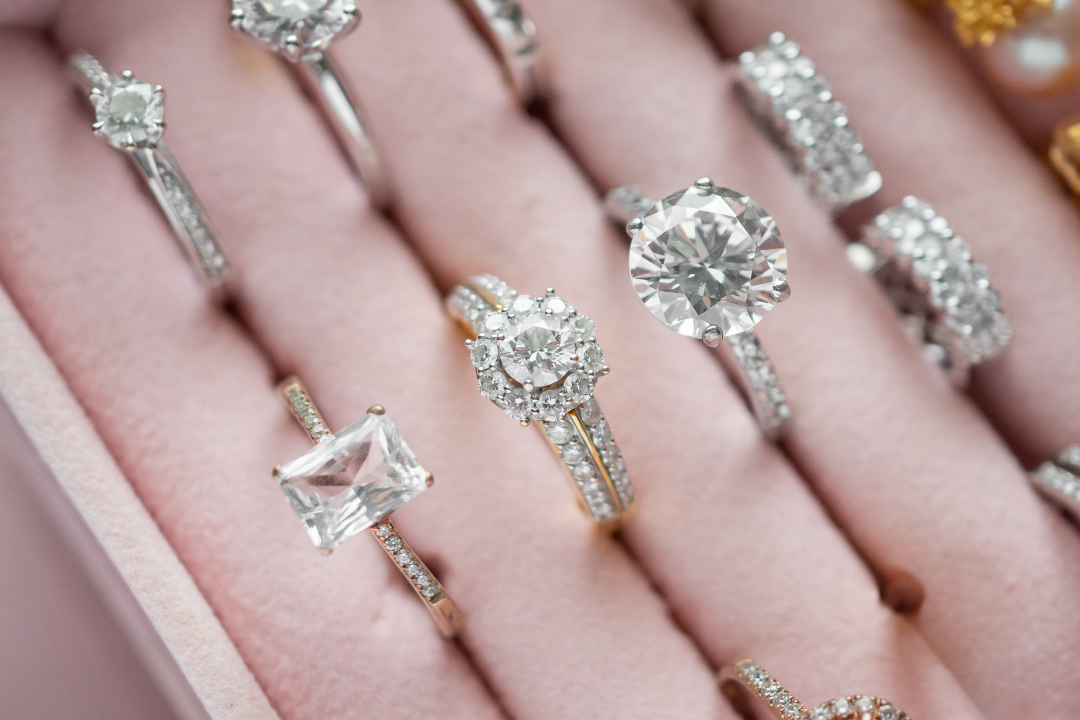
How Pure Carbon Lab Grown Diamonds are Made
Are you fascinated by the brilliance and allure of diamonds? Imagine owning a diamond that is not only beautiful but also ethically sourced and environmentally friendly. Welcome to the world of pure carbon lab grown diamonds—where science and luxury meet to create gems that are as genuine as they are stunning.
Lab-grown diamonds have the same chemical identity as natural diamonds. Both are composed of pure carbon, arranged in a crystalline structure that gives diamonds their remarkable hardness and sparkle. Unlike imitation diamonds, lab-grown diamonds are real diamonds, just created in a controlled environment rather than mined from the earth. This innovative approach to diamond creation ensures that you receive a product that is not only stunning but also environmentally and ethically sound.
Historical Development of Lab-Grown Diamonds
Lab-grown diamonds were first successfully produced in 1954 by General Electric (GE), following efforts that had started in the 1940s. Before this, scientists had been attempting to create lab-grown diamonds since 1797 without success.
Howard Tracy Hall and Herbert Strong are credited with this breakthrough. They achieved the first recognized lab-grown diamond using a high-pressure belt press, later known as the HPHT method. This groundbreaking achievement set the stage for future advancements in diamond production. Over the years, the technology evolved, leading to the creation of gem-quality lab-grown diamonds that are virtually indistinguishable from their natural counterparts.
In the decades following Hall's discovery, researchers and scientists made significant strides in refining the processes used to create synthetic diamonds. The early methods were primarily geared towards industrial applications, where the hardness of diamonds was invaluable for cutting and grinding tools. However, as the technology progressed, the focus shifted towards producing diamonds suitable for jewelry.
Lab-Grown Diamonds: A Timeline
1954: The first lab-grown diamond is successfully created using the HPHT method.
1971: The production of the first gem-quality lab-grown diamond.
1980s: The CVD method undergoes significant development, leading to the widespread availability of lab-grown diamond jewelry and engagement rings.
2007: The GIA issues the first grading report for lab-grown diamonds.
2018: The FTC officially recognizes lab-grown diamonds as real diamonds.
Today, lab-grown diamonds have reached a level of quality that rivals the best naturally mined diamonds. This evolution has made it possible for consumers to enjoy the beauty and luxury of diamonds without the ethical and environmental concerns associated with traditional diamond mining.
Understanding the Science of Lab-Grown Diamonds
At the heart of every diamond is pure carbon. This element undergoes a fascinating transformation to become one of the hardest substances known to man. Pure carbon lab grown diamonds are created by mimicking the natural conditions that form diamonds deep within the earth.
Physically, chemically, and optically, lab-grown diamonds are identical to natural diamonds. They possess the same fire, brilliance, and scintillation that make diamonds so desirable. The only difference lies in their origin—one from the depths of the earth, the other from the ingenuity of human technology.
The transformation of carbon into diamond involves rearranging carbon atoms into a crystal lattice structure. In nature, this process occurs under extreme pressure and temperature conditions found deep within the earth's mantle. Scientists have replicated these conditions in the lab, allowing them to grow diamonds that are chemically and physically indistinguishable from those formed naturally.
Manufacturing Processes of Lab-Grown Diamonds
There are two primary methods for creating pure carbon lab grown diamonds: High Pressure High Temperature (HPHT) and Chemical Vapor Deposition (CVD).
HPHT Method
This process starts with a tiny diamond seed, which is placed in a chamber with graphite. Under extreme conditions of high pressure and temperature, the carbon atoms from the graphite bond with the diamond seed, gradually forming a larger diamond. The HPHT method closely mimics the natural formation process of diamonds, resulting in high-quality stones that are virtually identical to mined diamonds. This method is particularly effective for producing larger diamonds, making it a popular choice for creating stones used in fine jewelry.
CVD Method
In this method, a diamond plate is placed in a chamber filled with carbon-rich gas. The gas is ionized into plasma, causing the carbon atoms to deposit onto the diamond plate, layer by layer, growing into a diamond crystal. The role of a process seed in the CVD method is crucial as it serves as the foundation for the diamond's growth. The CVD method offers greater control over the growth process, allowing for the production of diamonds with specific qualities and characteristics. This method is particularly suited for creating diamonds used in high-tech applications and precision instruments.
Both the HPHT and CVD methods have their advantages and are used to produce diamonds for a variety of applications. The choice of method depends on the desired characteristics of the final product and the specific requirements of the application.
The Global Production of Lab-Grown Diamonds
The production of pure carbon lab grown diamonds is a global endeavor, with advanced facilities located in various parts of the world. These production centers are continually working to increase efficiency and reduce the environmental impact of diamond creation. Technological advancements have made it possible to produce high-quality diamonds with minimal ecological footprint, aligning with global efforts towards sustainability.
Countries such as the United States, China, India, and Russia are at the forefront of lab-grown diamond production. These countries have invested heavily in research and development, leading to significant improvements in the quality and efficiency of diamond production. As a result, lab-grown diamonds are becoming increasingly accessible to consumers worldwide.
Efforts to reduce the environmental impact of diamond production include using renewable energy sources and implementing sustainable practices in the manufacturing process. These initiatives ensure that lab-grown diamonds are not only beautiful but also environmentally responsible.
The Authenticity and Identification of Lab-Grown Diamonds
Lab-grown diamonds are recognized as genuine diamonds by the Federal Trade Commission (FTC). They are subjected to the same rigorous standards as mined diamonds and are indistinguishable without specialized equipment. Laser inscriptions often identify lab-grown diamonds, ensuring transparency and authenticity.
Advanced technologies such as spectroscopy and photoluminescence are used to differentiate lab-grown diamonds from natural ones. These methods allow gemologists to identify the unique characteristics of lab-grown diamonds, ensuring that consumers receive accurate and reliable information about their purchase.
Environmental and Ethical Benefits
One of the most significant advantages of pure carbon lab grown diamonds is their reduced environmental impact. Traditional diamond mining can cause extensive ecological damage, whereas lab-grown diamonds require significantly fewer resources. Furthermore, lab-grown diamonds are free from the ethical concerns associated with conflict diamonds, ensuring that your purchase supports responsible practices.
From an economic perspective, the lower cost of production for lab-grown diamonds translates into savings for consumers. You can enjoy the same luxury and brilliance at a fraction of the price. The affordability of lab-grown diamonds makes them an attractive option for consumers who want to own beautiful, high-quality diamonds without breaking the bank.
Lab-grown diamonds also offer the peace of mind that comes with knowing your purchase is ethically sound. By choosing lab-grown diamonds, you are supporting practices that prioritize environmental sustainability and ethical sourcing.
Certification and Quality Assurance of Lab-Grown Diamonds
Certification by leading gemological institutions such as the GIA, IGI, and GCAL guarantees the quality and authenticity of lab-grown diamonds. These certifications provide assurance that pure carbon lab grown diamonds meet the highest standards of excellence and ethical sourcing.
The certification process involves a thorough examination of the diamond's physical and chemical properties, ensuring that it meets the stringent criteria set by the certifying institution. This process includes assessing the diamond's cut, clarity, color, and carat weight, as well as verifying its origin and production method.
Why Choose Varniya for Your Lab-Grown Diamonds?
Varniya is at the forefront of the lab-grown diamond industry, offering exquisite diamonds that are both beautiful and ethically sourced. Our commitment to quality, sustainability, and customer satisfaction sets us apart. When you choose Varniya, you're not just buying a diamond; you're investing in a brighter, more responsible future.
At Varniya, we understand the importance of offering products that meet the highest standards of quality and ethics. Our diamonds are meticulously crafted using the latest technology, ensuring that each stone is flawless and stunning. We take pride in our commitment to sustainability, using environmentally friendly practices in every step of the production process.
Our customer-focused approach ensures that you receive personalized service and support throughout your purchasing journey. Whether you are selecting a diamond for an engagement ring, a special gift, or a personal treat, our team of experts is here to guide you and help you make an informed decision.
By choosing pure carbon lab grown diamonds, you are making a statement—one of elegance, responsibility, and forward-thinking. Experience the unparalleled beauty of lab-grown diamonds and discover why Varniya is the best solution for all your diamond needs. With Varniya, you can enjoy the luxury and brilliance of diamonds while supporting ethical and sustainable practices. Make the responsible choice and let your diamond shine with a clear conscience.

